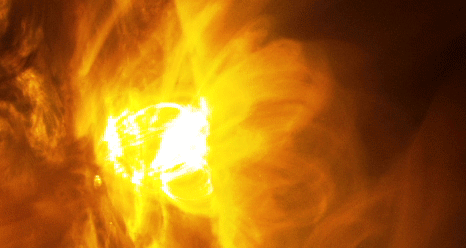Solar Storm To Hit Earth’s Southern Hemisphere This Week, NOAA Warns

The National Oceanic and Atmospheric Administration (NOAA) has detected a solar storm that’s expected to hit Earth’s southern hemisphere this week. The storm could disrupt the operations and functions of satellites and electrical grids in the affected regions.
Solar storms or geomagnetic storms are brought on by the stream of particles emitted by the Sun. According to NOAA’s forecast, the storm could hit the southern part of Earth on July 9 or July 10. The agency has categorized the approaching storm as a G1 minor solar event.
The website Space Weather noted that the approaching storm is expected to make the southern lights or aurora australis more prominent.
“High-altitude sky watchers should be alert for auroras, especially in the Southern Hemisphere where winter darkness favors visibility,” it said in a statement.
Although this would delight sky watchers in the Southern Hemisphere, the approaching solar event could also have disastrous effects on various electrical and communication facilities.
As a G1 solar storm, it can cause power system failures in various regions. The surge of solar particles can increase the currents in the magnetosphere, leading to higher-than-normal electricity in the power lines. This could cause electrical transformers to blow out, resulting in power outages.
The upcoming solar storm can also affect satellites in Earth orbit by disrupting their functions and operations. This could lead to loss of accurate GPS support and mobile phone signals.
“Geomagnetic storms create large disturbances in the ionosphere,” NOAA said in a statement. “The currents and energy introduced by a geomagnetic storm enhance the ionosphere and increase the total height-integrated number of ionospheric electrons.”
“GPS systems cannot correctly model this dynamic enhancement and errors are introduced into the position calculations,” the agency added.
Migratory animals that rely on Earth’s magnetic field for navigation could also be affected by the geomagnetic storm. This is because a solar storms has its own magnetic field that can disrupt that of Earth’s.
NOAA’s current prediction indicates that the solar storm could last until July 11. It is not yet clear if the solar event’s effects on Earth will extend until the end of the week.
© Copyright IBTimes 2024. All rights reserved.





















